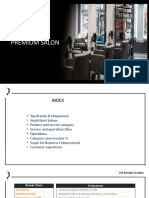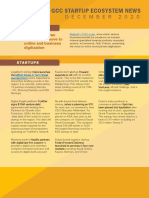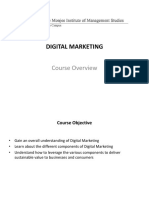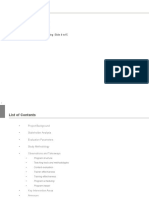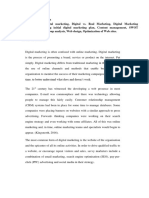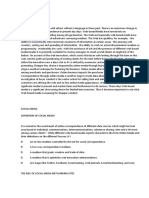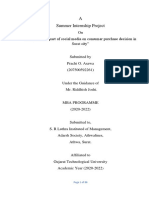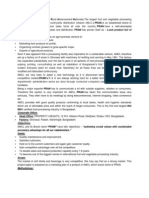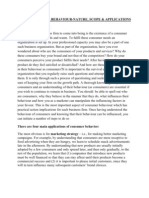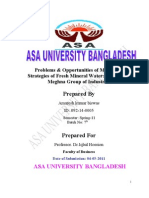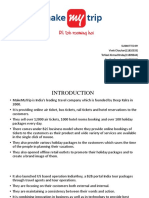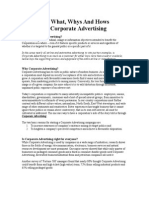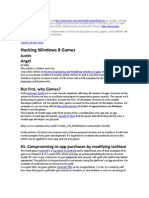0% found this document useful (0 votes)
170 views71 pagesDigital and Social Medial Marketing 4539287
This document provides an overview of the Digital and Social Media Marketing (DSMM) course with subject code 4539287. It outlines the key learning outcomes, which include understanding social media channels and their role in marketing strategy, digital marketing tools, measuring digital campaign effectiveness, identifying best practices, and evaluating impacts on social groups. It also discusses the need for ethical digital marketing that respects user privacy and data. The document then provides more detailed information on digital marketing topics like definitions, characteristics, drivers, trends, and strategies.
Uploaded by
Prachi AsawaCopyright
© © All Rights Reserved
We take content rights seriously. If you suspect this is your content, claim it here.
Available Formats
Download as PPTX, PDF, TXT or read online on Scribd
0% found this document useful (0 votes)
170 views71 pagesDigital and Social Medial Marketing 4539287
This document provides an overview of the Digital and Social Media Marketing (DSMM) course with subject code 4539287. It outlines the key learning outcomes, which include understanding social media channels and their role in marketing strategy, digital marketing tools, measuring digital campaign effectiveness, identifying best practices, and evaluating impacts on social groups. It also discusses the need for ethical digital marketing that respects user privacy and data. The document then provides more detailed information on digital marketing topics like definitions, characteristics, drivers, trends, and strategies.
Uploaded by
Prachi AsawaCopyright
© © All Rights Reserved
We take content rights seriously. If you suspect this is your content, claim it here.
Available Formats
Download as PPTX, PDF, TXT or read online on Scribd
/ 71


